Why Revisiting the Great Barrier Reef’s Past Could Protect Its Future
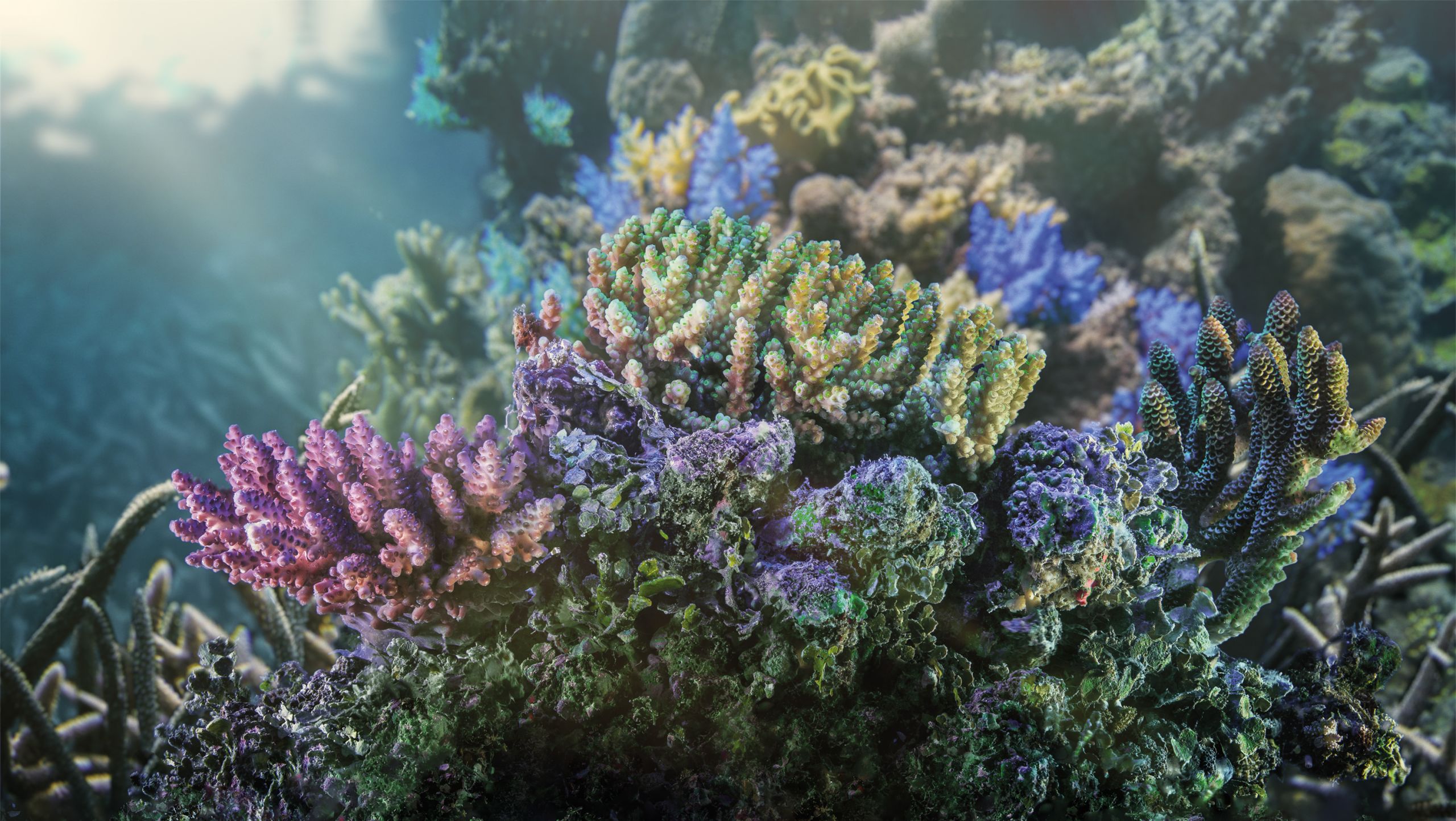
Could reimagining 500,000 years of evolution uncover how to conserve one of the world’s greatest natural wonders — the Great Barrier Reef?
The Great Barrier Reef is facing warmer sea temperatures, rising sea levels, coral bleaching, and greater acidity as a result of climate change. The threat climate change poses to the reef is significant, rapid, and presents a danger to the reef’s entire ecosystem.
Ground-breaking research by scientists at the University of Sydney is discovering how the Great Barrier Reef’s past responses to changes in the climate can help us better understand its capacity to react to and survive future cataclysmic events.
Associate Professor Jody Webster from the University’s School of Geosciences is leading a research team using a suite of high-tech methods to unlock the reef’s history. They drill hundreds of meters below sea level to recover fossil reef cores, use ships and underwater robots to map the seabed, and apply 3D modeling to reconstruct reef development over tens of thousands of years.
This highly sophisticated approach is creating an archive of environmental change from the distant past that is providing invaluable information — such as data on changing sea levels, surface temperatures, and nutrients — so we can better predict what the future holds and how the reef will respond to climate changes.
“A really innovative part of our work is the numerical reef modeling, which no one in the world is doing in this fashion,” Webster says.
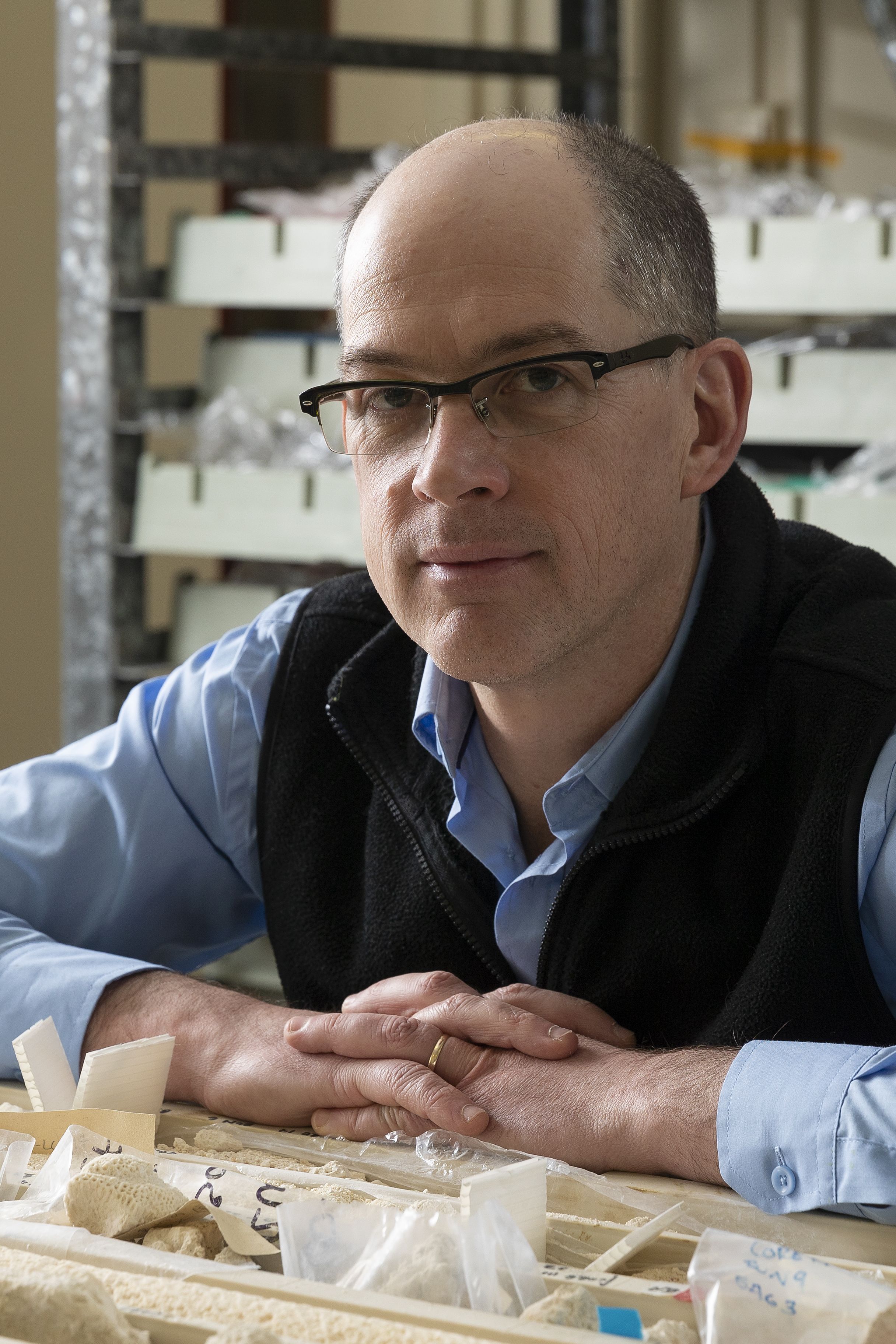
Associate Professor Jody Webster
Associate Professor Jody Webster
This deep, predictive modeling enables his team to pinpoint precisely how reef habitats have grown, died, and migrated in response to changes such as melting glaciers and ice caps 25,000 years ago. It is ground-breaking because it measures change over larger geological and physical scales than ever before — across many centuries and millennia.
Reef Regeneration
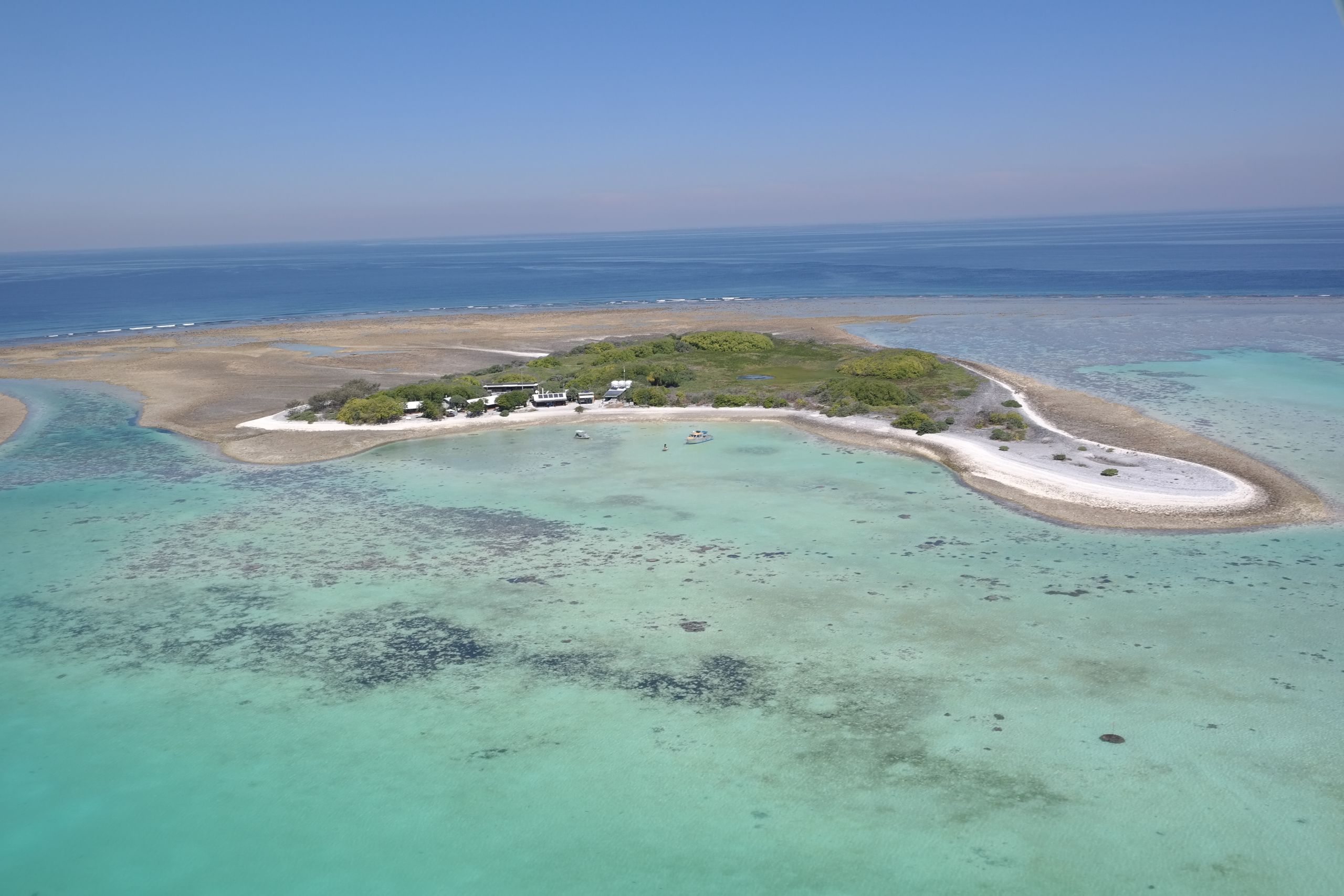
At the same time, the University of Sydney’s Will Figueira, an associate professor of marine animal biology, is using 3D-mapping and modeling techniques to assess the effects of modern threats to reefs — such as coral bleaching caused by ocean warming — to develop effective intervention strategies. These threats destroy corals, the structurally complex environments they create, and much of the biodiversity that relies on these habitats.
Figueira’s research on global warming and coral bleaching was recently published in the scientific journal Nature, highlighting the importance of his work in understanding the impact of losing complex coral reef structures and inform measures to reduce the severity of future damage and conserve reef biodiversity.

3D map of Heron Reef, Great Barrier Reef
3D map of Heron Reef, Great Barrier Reef
Global Impact
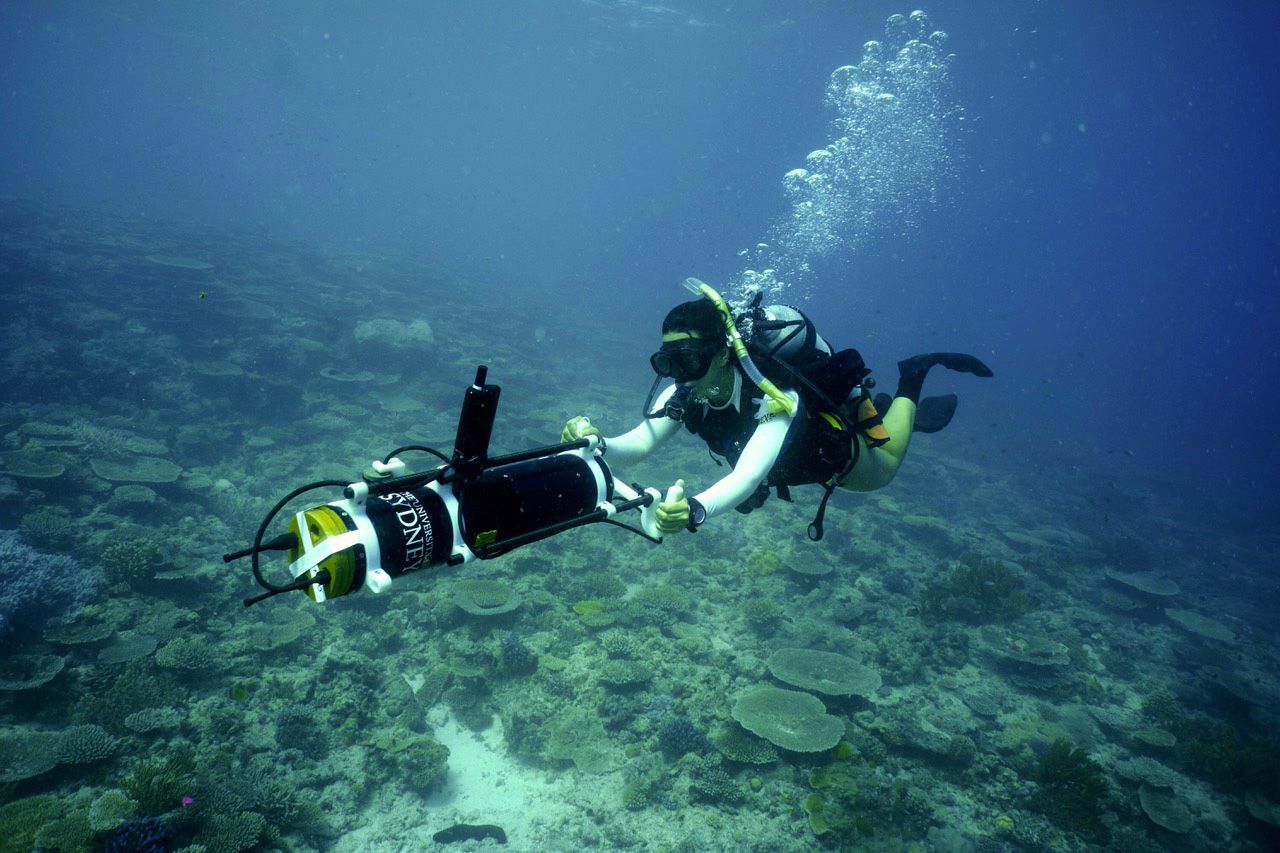
The data generated are already having an enormous impact, nationally and globally. The Intergovernmental Panel on Climate Change — the United Nations body for assessing the science related to climate change — uses Associate Professor Webster’s research, which was recently published in Nature and Nature Geoscience.
The Great Barrier Reef Marine Park Authority also routinely uses the information to determine optimal reef management. Webster’s team’s high-resolution mapping has provided more precise guidance on dividing up reef zones, and his environmental thresholds data from the past can help determine how sensitive the reef is to sediment run-off and nutrient delivery from waterways that feed into it. This is a critical part of reef management as debates continue about land use in the reef’s hinterland by primary industries, including agriculture and mining.
The University of Sydney will continue to be at the forefront of protecting the Great Barrier Reef threats at our research station, One Tree Island. By reconstructing the past and repairing the damage from the present, our researchers are helping to safeguard the survival of reef habitats for 1600 species of fish, 215 species of birds, and many other animals for the long term.
Partnering for Impact
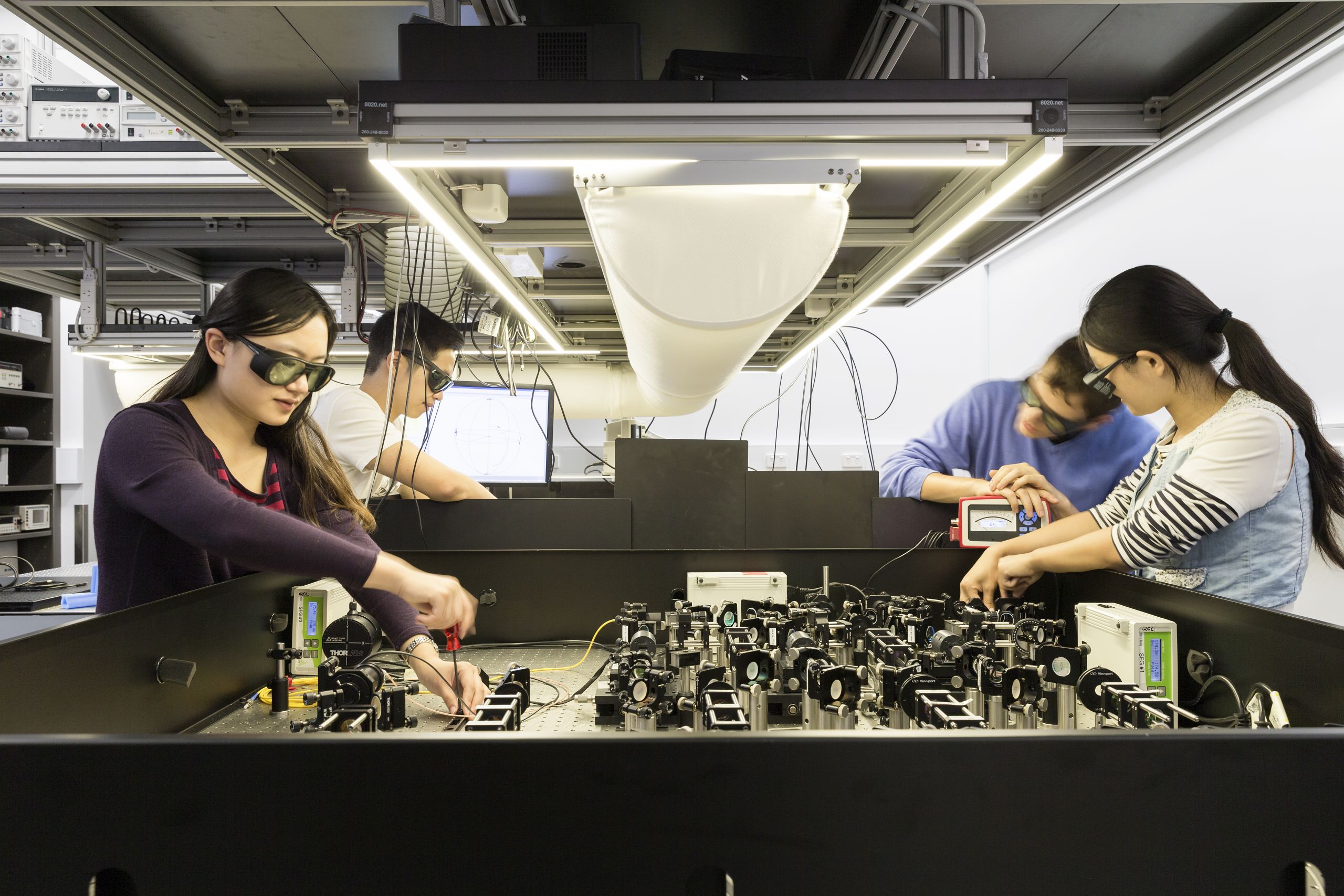
The University of Sydney is dedicated to looking at problems in new ways and working collaboratively to solve the world’s greatest challenges. Building strong industry partnerships is just one of the ways that our research is making a real-world impact.
Whether we’re building the world’s first quantum computer, converting plastic waste into fuel, or changing the face of commuting, partnerships support our mission to learn, unlearn, and relearn, giving the university's research community access to more opportunities and valuable commercial insight.
Fast Facts about
the University of Sydney
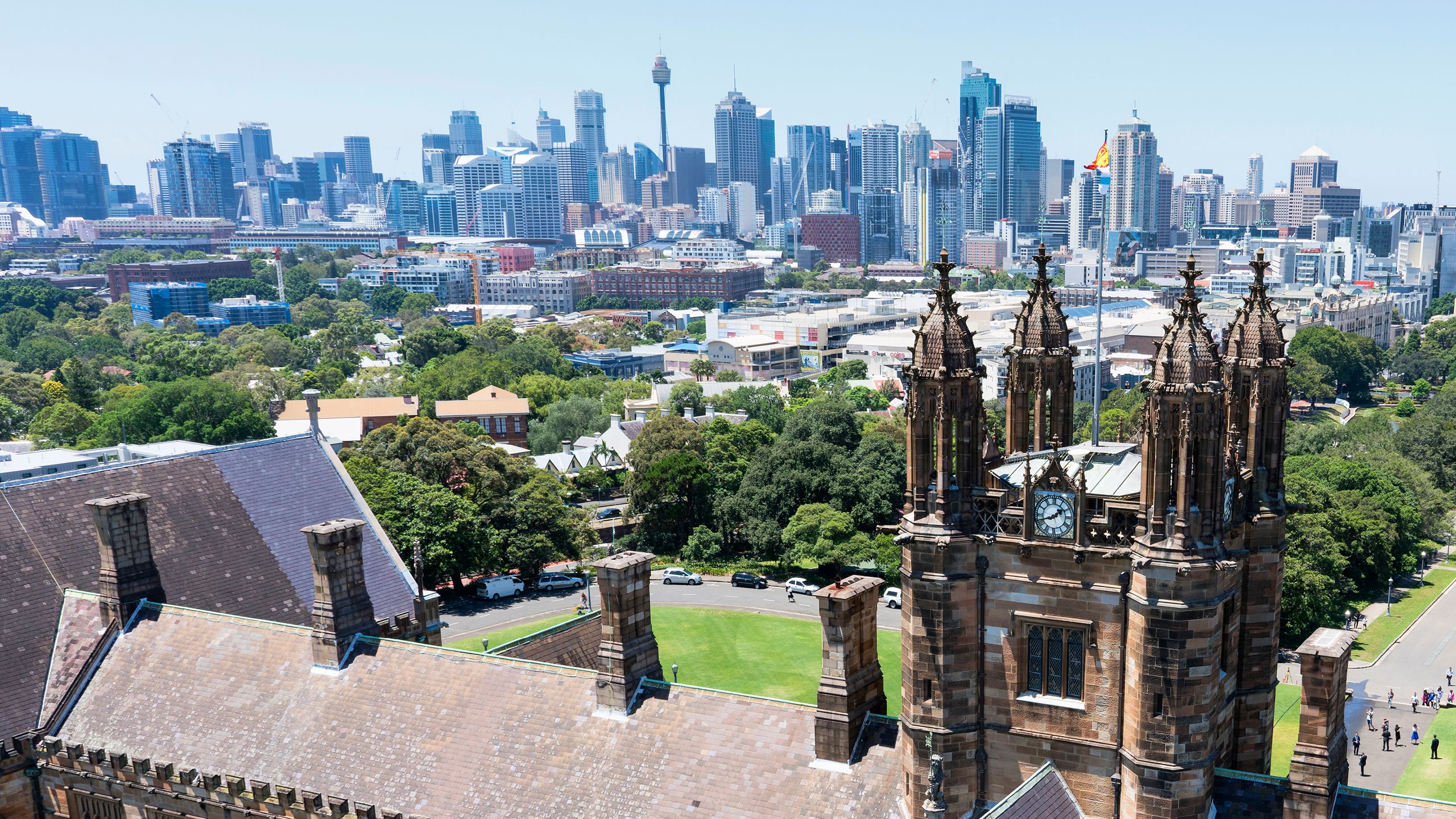
- Australia's first university, established in 1850
- Ranked 1st in Australia and 4th globally for graduate employability
- One hundred percent of the university's research is rated as 'above' or 'well above' world standard by the Australian Research Council
- One of the world's top 45 research universities
- Thirty of our subjects are ranked in the top 50 in the world


